Discover the leading use cases of Generative AI for 2025
Generative AI is rapidly evolving, making its way into diverse sectors in 2025 with powerful use cases that enhance creativity, productivity, and efficiency. This cutting-edge technology has progressed far beyond theoretical applications and is now making real-world impact. By generating new content, solutions, or designs from scratch, generative AI allows industries to innovate in ways that were previously unimaginable. From producing text and images to creating music and even programming code, generative AI is revolutionizing how businesses operate and how people interact with technology.
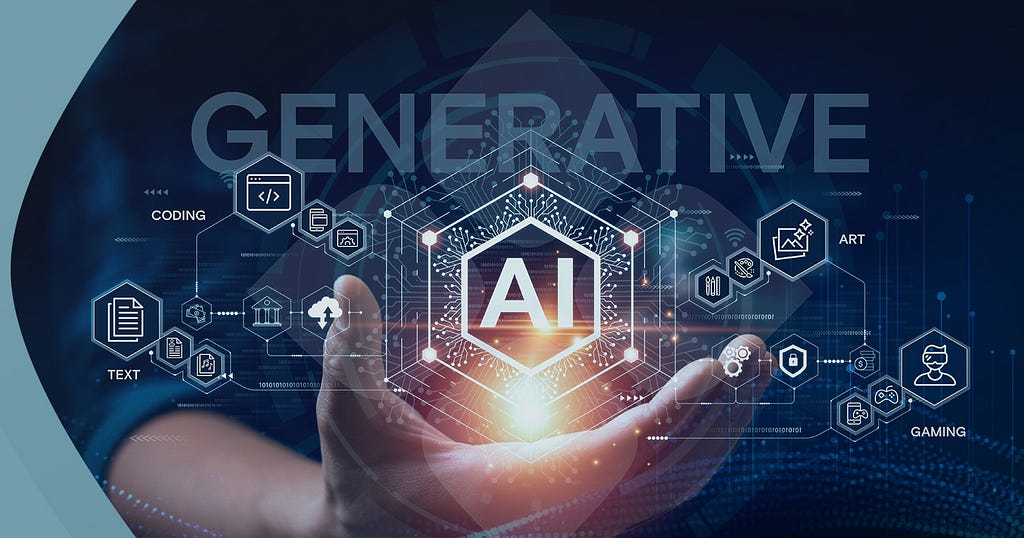
In 2025, generative AI’s influence is expected to broaden even further, especially as industries adopt AI-driven automation and personalization. Healthcare, entertainment, finance, and marketing are just a few of the many fields experiencing transformative benefits. The use cases listed in this blog highlight not only the technology’s versatility but also its ability to address pressing challenges and create new opportunities. Whether you’re in a tech-driven business or a creative industry, understanding the top generative AI use cases can help you stay ahead of the curve in this rapidly advancing space.
Table Of Content
Top 30 Generative AI Use Cases in 2025∘ 1. Content Creation
∘ 2. Design and Art
∘ 3. Healthcare: Drug Discovery
∘ 4. Healthcare: Medical Imaging
∘ 5. Personalized Treatment Plans
∘ 6. Automated Code Generation
∘ 7. Algorithmic Trading
∘ 8. Fraud Detection in Finance
∘ 9. Customer Experience and Support
∘ 10. Personalized Marketing Campaigns
∘ 11. AI-Generated Music Composition
∘ 12. Scriptwriting for Film and TV
∘ 13. AI-Generated Video Content
∘ 14. Synthetic Data Generation for Training AI
∘ 15. Virtual Reality (VR) and Augmented Reality (AR) Content
∘ 16. Video Game Character and World Design
∘ 17. AI-Generated Virtual Influencers
∘ 18. Supply Chain Optimization
∘ 19. Automated Report Generation
∘ 20. Legal Document Automation
∘ 21. AI-Generated News Articles
∘ 22. Employee Training and Development
∘ 23. Predictive Maintenance
∘ 24. AI-Powered Social Media Content
∘ 25. Personalized E-commerce Recommendations
∘ 26. Voice Synthesis and AI Assistants
∘ 27. AI-Generated Fashion Design
∘ 28. AI-Generated Architectural Designs
∘ 29. Cybersecurity Threat Simulation
∘ 30. AI-Driven Consumer Behavior Insights
How Generative AI is Impacting Various Industries
Key Technologies Driving Generative AI in 2025
Benefits of Generative AI
Conclusion
FAQs
Top 30 Generative AI Use Cases in 2025
1. Content Creation
Generative AI will continue to play a pivotal role in content creation by automating the generation of articles, blogs, and social media posts. AI tools can analyze trends, audience preferences, and keywords to create engaging, high-quality written content that mimics human language. These tools enable faster production cycles while maintaining consistency and relevance across platforms, making it easier for businesses to scale content strategies.
2. Design and Art
Generative AI is revolutionizing the art and design industry by enabling the creation of unique visual content, such as logos, digital artwork, and 3D models. Artists and designers can leverage AI algorithms to generate new ideas, automate routine design tasks, or even produce high-quality artworks that push the boundaries of creativity. AI-driven platforms can also assist in image editing and enhancing designs with minimal human intervention.
3. Healthcare: Drug Discovery
In the healthcare sector, generative AI is accelerating drug discovery by simulating molecular structures and predicting their behavior. By training on large biological datasets, AI models can generate novel compounds that may serve as potential drug candidates. This reduces the time and costs traditionally involved in drug development while improving the chances of discovering effective treatments for various diseases.
4. Healthcare: Medical Imaging
Generative AI is making strides in the medical imaging field by enhancing the quality of diagnostic images and creating synthetic data for training medical professionals. It can generate high-resolution images from low-quality scans, assist in identifying anomalies, and even predict the progression of diseases. This improves the accuracy of diagnoses and reduces the workload of healthcare providers.
5. Personalized Treatment Plans
Generative AI is being utilized to develop personalized treatment plans based on a patient’s genetic makeup, lifestyle, and medical history. By analyzing large datasets of patient records, AI can generate individualized treatment regimens, optimizing the care process. This results in more effective therapies and a reduction in adverse drug reactions, improving patient outcomes.
6. Automated Code Generation
Developers will increasingly use generative AI to automate the process of writing code, making software development faster and more efficient. AI models can generate entire blocks of code based on natural language descriptions, helping developers focus on high-level tasks and reducing the likelihood of errors. These tools are particularly useful for creating repetitive code and assisting with debugging.
7. Algorithmic Trading
Generative AI will significantly enhance algorithmic trading by developing more sophisticated models that predict market movements and generate optimized trading strategies. AI can analyze vast amounts of market data in real-time, creating models that adjust to changing market conditions. These tools can outperform traditional trading algorithms by generating predictive insights that help traders make smarter investment decisions.
8. Fraud Detection in Finance
Generative AI will play an integral role in detecting fraud in financial transactions by analyzing patterns and generating simulations of possible fraudulent activities. By learning from vast datasets, AI systems can generate models that identify suspicious patterns and flag fraudulent behavior, enhancing security in banking, credit card transactions, and online payments.
9. Customer Experience and Support
Generative AI will be used to enhance customer experience by creating personalized interactions, from AI-powered chatbots to virtual assistants. These systems can generate tailored responses based on user behavior, preferences, and queries, improving customer satisfaction. AI-driven platforms will also be able to generate customer support solutions faster and more efficiently, offering real-time assistance.
10. Personalized Marketing Campaigns
Generative AI will revolutionize digital marketing by generating highly personalized content and campaigns for target audiences. By analyzing customer data and behaviors, AI can create advertisements, email content, and social media posts tailored to individual preferences. This allows businesses to increase engagement and conversion rates while enhancing customer loyalty.
11. AI-Generated Music Composition
Generative AI will be used to compose original music, creating new songs, soundtracks, and jingles for various industries. AI tools can generate music in different genres, styles, and moods, providing musicians with inspiration or creating entire compositions from scratch. This is particularly useful for media production, gaming, and advertising, where customized music is needed on demand.
12. Scriptwriting for Film and TV
Generative AI will help scriptwriters create movie scripts, television episodes, and video game narratives by generating ideas, dialogue, and even full scripts. Using deep learning models, AI can predict plot developments and character arcs based on given inputs, assisting writers in overcoming creative blocks or generating initial drafts for stories.
13. AI-Generated Video Content
Generative AI will be used to create video content, such as animations, short films, and explainer videos, by transforming text or storyboards into high-quality visuals. These systems will be able to generate realistic, lifelike animations and even synthetic actors, making video production faster and more affordable. This has significant applications in entertainment, advertising, and education.
14. Synthetic Data Generation for Training AI
Generative AI will be essential in producing synthetic data to train other AI models, especially in areas like autonomous driving and facial recognition, where real data can be scarce or expensive to collect. By generating realistic yet synthetic data, AI can learn without the limitations of real-world datasets, leading to more robust and reliable machine learning systems.
15. Virtual Reality (VR) and Augmented Reality (AR) Content
Generative AI will enhance virtual and augmented reality experiences by automatically generating realistic 3D environments and assets. These AI models can create immersive worlds, characters, and objects tailored to user preferences, revolutionizing the gaming, entertainment, and e-learning industries by providing dynamic and interactive content.
16. Video Game Character and World Design
In the gaming industry, generative AI will play a crucial role in creating characters, game environments, and even entire levels. By automating parts of the game design process, AI can help developers generate unique characters, terrain, and storylines, enhancing creativity and reducing production time. This will lead to more expansive and immersive video game worlds.
17. AI-Generated Virtual Influencers
Generative AI will be used to create virtual influencers who engage with audiences on social media platforms. These AI-generated personalities can produce content, interact with followers, and even endorse products in a manner similar to human influencers, creating new opportunities for brands in digital marketing.
18. Supply Chain Optimization
Generative AI will help optimize supply chains by predicting demand, generating supply forecasts, and developing strategies to handle logistics and inventory management. AI can analyze past data and simulate different scenarios, offering businesses actionable insights to streamline operations and reduce costs while ensuring product availability.
19. Automated Report Generation
Generative AI will automate the generation of reports and analyses in industries like finance, healthcare, and market research. By processing raw data and generating meaningful insights, AI can create detailed, comprehensive reports that provide executives and stakeholders with crucial information in a fraction of the time it would take manually.
20. Legal Document Automation
In the legal sector, generative AI will assist with drafting contracts, legal documents, and even court filings. By training on legal datasets, AI can generate documents tailored to specific needs, reducing the time lawyers spend on administrative tasks and improving the efficiency of legal services.
21. AI-Generated News Articles
Generative AI will play a pivotal role in journalism by automating the generation of news articles. AI models can analyze current events, extract relevant information, and write articles with minimal human input. This is particularly useful for breaking news, financial reporting, and sports journalism, where speed is crucial.
22. Employee Training and Development
Generative AI will be used to create personalized employee training programs by generating content tailored to individual learning styles and career development goals. AI can create dynamic learning modules, simulations, and virtual environments for training employees in various fields, from customer service to technical skills.
23. Predictive Maintenance
Generative AI will enhance predictive maintenance by analyzing equipment data and generating models to predict failures or performance issues before they occur. This enables industries like manufacturing and transportation to proactively address maintenance needs, reducing downtime and preventing costly repairs.
24. AI-Powered Social Media Content
Generative AI will assist in creating engaging social media content by generating posts, captions, and images based on trending topics and audience interests. These tools will help brands maintain a consistent presence on social media platforms, ensuring their content resonates with followers and increases engagement.
25. Personalized E-commerce Recommendations
Generative AI will improve e-commerce experiences by generating personalized product recommendations for customers based on their browsing history, preferences, and previous purchases. These AI systems will predict what products customers are likely to buy next, increasing sales and enhancing customer satisfaction.
26. Voice Synthesis and AI Assistants
Generative AI will power advanced voice synthesis tools that can create lifelike synthetic voices for virtual assistants, audiobooks, and customer service applications. These tools will be capable of mimicking various accents, tones, and speech patterns, providing more natural and personalized voice interactions.
27. AI-Generated Fashion Design
In the fashion industry, generative AI will be used to create new clothing designs, styles, and patterns. AI models will analyze fashion trends and consumer preferences to generate designs that resonate with current market demands, revolutionizing the design process and making fashion more inclusive and customizable.
28. AI-Generated Architectural Designs
Generative AI will assist architects by automatically generating building designs, blueprints, and 3D models based on specified parameters. AI tools will be able to optimize designs for aesthetics, functionality, and sustainability, enabling architects to focus on creative and high-level tasks.
29. Cybersecurity Threat Simulation
Generative AI will be used to simulate cyberattacks and generate defense strategies to improve cybersecurity systems. By analyzing potential vulnerabilities and attack patterns, AI can create models that help organizations prepare for future threats, ensuring better protection against data breaches and hacks.
30. AI-Driven Consumer Behavior Insights
Generative AI will assist businesses in understanding consumer behavior by generating insights from large datasets. AI can predict future trends, purchasing patterns, and customer needs, allowing companies to develop more targeted products, services, and marketing campaigns.
These use cases show just a glimpse of how generative AI will revolutionize industries and society in 2025, driving innovation across multiple sectors.
How Generative AI is Impacting Various Industries
Generative AI is rapidly transforming a wide range of industries by automating processes, improving efficiency, and enabling new innovations. Here’s an overview of how it’s impacting various sectors:
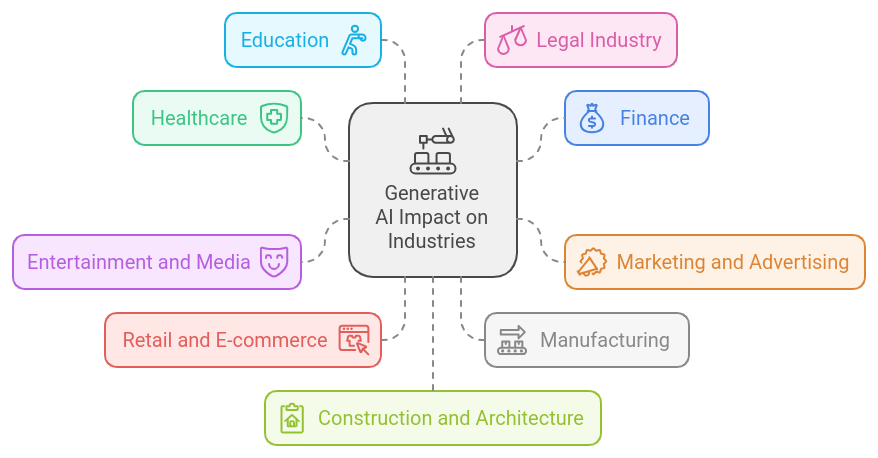
1. Healthcare
Generative AI is revolutionizing the healthcare industry by enhancing drug discovery, medical imaging, and personalized treatment plans. AI models can generate molecular structures for potential new drugs, speeding up the discovery process. In medical imaging, generative AI improves the resolution and accuracy of diagnostic images, helping doctors detect conditions like cancer or heart disease earlier. Additionally, AI is creating personalized treatment plans based on genetic data, improving patient care and outcomes.
2. Finance
In the finance sector, generative AI is being used for algorithmic trading, fraud detection, and automating financial reporting. AI can analyze massive datasets in real-time, generating trading strategies that adapt to market conditions. For fraud detection, generative AI models predict fraudulent behavior by learning from transaction patterns, making banking and online payments more secure. AI is also transforming financial reporting by generating complex reports and analyses, helping financial professionals make quicker, data-driven decisions.
3. Marketing and Advertising
Generative AI is reshaping digital marketing by creating personalized content at scale. AI systems can generate targeted advertisements, email campaigns, and social media posts tailored to individual customer preferences, improving engagement and conversion rates. Moreover, AI can analyze vast amounts of customer data to predict trends and behaviors, allowing brands to adjust their marketing strategies in real-time. This automation of content generation helps brands remain relevant and effective in an increasingly competitive landscape.
4. Entertainment and Media
Generative AI is enhancing creativity in the entertainment and media sectors. In music composition, AI models can generate original tracks or soundtracks based on specific genres and moods, allowing artists and content creators to explore new ideas. In film and television, AI can assist with scriptwriting, generating storylines, dialogue, and character arcs. Additionally, generative AI is being used in video production, automating tasks such as editing and special effects creation, which speeds up the production process and reduces costs.
5. Retail and E-commerce
Generative AI is transforming the retail and e-commerce industries by improving personalized shopping experiences. AI systems generate product recommendations based on browsing history, past purchases, and customer preferences. This increases customer satisfaction and sales conversion rates. Furthermore, generative AI is being used to create personalized advertisements, design virtual try-on experiences for apparel or cosmetics, and even generate realistic product images, providing a more immersive shopping experience.
6. Manufacturing
In manufacturing, generative AI is enhancing design and production processes. AI can generate optimized designs for parts and products, reducing waste and improving efficiency. It can also simulate different production scenarios, helping manufacturers predict potential issues before they occur. In predictive maintenance, generative AI analyzes data from machinery and generates maintenance schedules, helping companies avoid costly downtime and extend the life of their equipment.
7. Education
Generative AI is revolutionizing education by enabling personalized learning experiences. AI models can create tailored lesson plans, generate quizzes and assignments, and provide feedback based on student performance. This makes education more accessible and effective by catering to individual learning styles and needs. Additionally, AI-powered tools assist in language translation, making educational content accessible to a global audience.
8. Legal Industry
Generative AI is streamlining processes in the legal industry, particularly in document automation. AI can generate contracts, legal agreements, and other documents based on specific inputs, saving lawyers time and reducing errors. It can also assist with legal research by analyzing case law and providing summaries of relevant legal precedents. This allows legal professionals to focus more on strategic decision-making and client interaction rather than on administrative tasks.
9. Construction and Architecture
Generative AI is transforming the construction and architecture industries by optimizing building designs. AI can generate efficient and sustainable architectural plans based on specified parameters, helping architects explore more creative and resource-efficient designs. Additionally, AI can predict construction project timelines and costs, reducing the risk of delays and budget overruns. In construction, generative AI aids in simulating real-world conditions to ensure safety and sustainability in building projects.
10. Transportation and Logistics
Generative AI is improving transportation and logistics by optimizing supply chains, predicting maintenance needs, and creating more efficient routes. AI systems analyze vast amounts of data to generate forecasts for demand and inventory management, helping businesses optimize their operations. In transportation, AI can generate the most efficient routes for delivery vehicles, reducing fuel consumption and improving delivery times. AI-driven simulations also help improve the design of autonomous vehicles, making them safer and more reliable.
Key Technologies Driving Generative AI in 2025
As generative AI continues to evolve, several key technologies are driving its advancements and enabling its widespread adoption in 2025. Here are six of the most influential technologies:
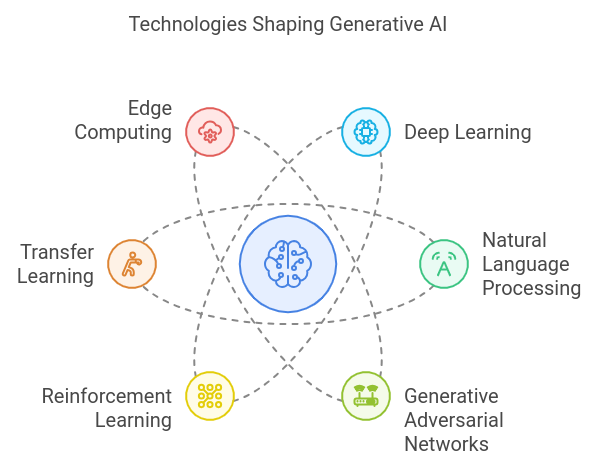
1. Deep Learning
Deep learning, a subset of machine learning, plays a crucial role in generative AI models. By using neural networks with many layers (hence the term “deep”), deep learning algorithms can learn complex patterns from vast amounts of data. These models enable AI systems to generate highly accurate and realistic outputs, such as images, text, and even music. In 2025, deep learning will continue to be the backbone of generative AI systems, powering applications across industries from healthcare to entertainment.
2. Natural Language Processing (NLP)
Natural Language Processing (NLP) allows AI to understand and generate human language, making it one of the key technologies driving generative AI, particularly in text generation and conversational AI. With advancements like transformers and large language models (LLMs), such as GPT-4 and beyond, NLP enables machines to create coherent, contextually relevant text. This technology is pivotal in applications like chatbots, automated content creation, and real-time translation, enhancing how AI interacts with users.
3. Generative Adversarial Networks (GANs)
Generative Adversarial Networks (GANs) are a type of neural network architecture that enables the generation of realistic content, such as images, audio, and videos. GANs consist of two networks: the generator, which creates content, and the discriminator, which evaluates the authenticity of the content. These networks work together, leading to the production of highly realistic generative outputs. GANs are particularly impactful in industries like entertainment, design, and fashion, where generating realistic visuals and simulations is essential.
4. Reinforcement Learning (RL)
Reinforcement learning (RL) is a key technology in generative AI, especially in areas requiring decision-making and strategy optimization. In RL, AI agents learn by interacting with their environment and receiving feedback in the form of rewards or penalties. This technology is being used to train AI models that generate optimized solutions, such as personalized recommendations or autonomous driving systems. In 2025, reinforcement learning will continue to drive advancements in generative AI by enabling models to improve their outputs based on continuous learning.
5. Transfer Learning
Transfer learning is a technique that enables AI models to apply knowledge gained from one task to solve a different but related problem. This technology is crucial for generative AI because it allows models to leverage pre-trained knowledge on massive datasets and adapt it to specific tasks with less data and computational power. Transfer learning will be widely used in 2025 for improving the efficiency of generative AI models, particularly in specialized domains where data may be scarce.
6. Edge Computing
Edge computing allows AI processing to be performed locally on devices rather than relying on centralized cloud servers. This technology is especially important for generative AI applications that require real-time processing, such as augmented reality (AR) or autonomous systems. By reducing latency and reliance on internet connectivity, edge computing enables generative AI models to function more efficiently in environments like smart devices, wearables, and autonomous vehicles. In 2025, edge computing will help accelerate the deployment of generative AI across industries requiring immediate, on-device decision-making.
These technologies are laying the foundation for the continued evolution of generative AI, enabling increasingly sophisticated applications that will have a profound impact on industries worldwide.
Benefits of Generative AI
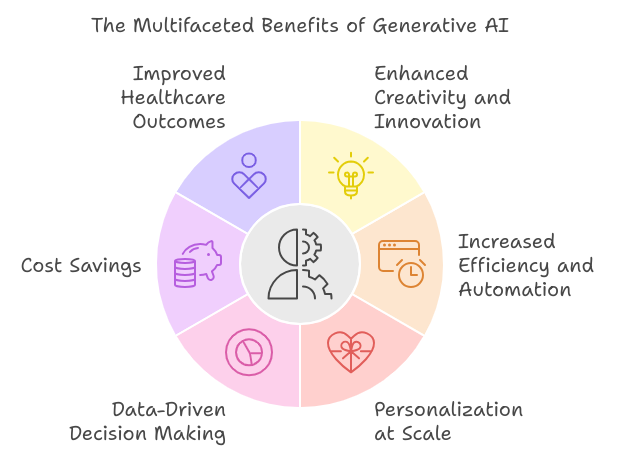
➔ Enhanced Creativity and Innovation
Generative AI can assist in creative fields by providing new ideas, designs, and solutions that humans might not have thought of. For instance, it can generate unique art, music, or writing, providing a fresh perspective to artists, content creators, and designers. This technology fosters innovation, enabling professionals to explore concepts they wouldn’t typically be able to generate manually, speeding up the creative process.
➔ Increased Efficiency and Automation
Generative AI can automate repetitive tasks, saving businesses time and resources. For example, in content creation, AI can generate articles, reports, or social media posts, helping teams scale their output without sacrificing quality. Similarly, in industries like manufacturing and construction, AI can create optimized designs and production plans, improving operational efficiency. This level of automation helps reduce human errors and operational costs, ultimately boosting productivity.
➔ Personalization at Scale
One of the key benefits of generative AI is its ability to deliver personalized content, products, and experiences on a large scale. In marketing, for instance, AI can generate personalized advertisements and email campaigns tailored to individual preferences. E-commerce platforms can use AI to recommend products based on a user’s browsing history and purchase patterns. This personalized approach enhances customer satisfaction and engagement, leading to higher conversion rates and loyalty.
➔ Data-Driven Decision Making
Generative AI can help businesses make more informed decisions by analyzing vast amounts of data and generating predictive models. For example, AI can assist in market forecasting, risk analysis, and customer behavior predictions, allowing companies to make data-driven decisions that align with current trends and future demands. By synthesizing data from multiple sources, AI enables decision-makers to understand complex patterns and make strategic moves that would have been difficult to predict manually.
➔ Cost Savings
Generative AI can reduce costs in several ways, including streamlining processes, reducing the need for manual labor, and improving resource allocation. For example, AI can assist with supply chain optimization, predicting demand, and adjusting production accordingly. In industries like healthcare, AI can automate administrative tasks, allowing medical staff to focus more on patient care. By cutting operational expenses and optimizing resource management, generative AI can provide significant cost savings for businesses.
➔ Improved Healthcare Outcomes
In healthcare, generative AI models are revolutionizing personalized medicine by generating treatment plans based on a patient’s unique genetic makeup, history, and lifestyle. AI is also aiding in drug discovery by generating potential compounds and predicting their efficacy. Additionally, AI models can assist with diagnostic imaging, offering more accurate and faster diagnoses than traditional methods, which can ultimately lead to better patient outcomes and reduced healthcare costs.
Conclusion:
The future of generative AI in 2025 holds exciting potential. As we explore its many use cases, it’s clear that generative AI is shaping the way industries and individuals innovate. Whether it’s in the form of advanced machine learning models or neural networks producing realistic designs, generative AI is making the impossible possible. By automating tasks, enhancing creativity, and offering personalized solutions, generative AI is poised to create new business models, improve efficiency, and foster groundbreaking innovations.
As businesses continue to adopt generative AI, it’s important for industry leaders and innovators to stay informed on the latest advancements. By leveraging these use cases, companies can gain a competitive edge, and individuals can embrace new tools to enhance their workflows and creativity. In 2025, the growing influence of generative AI will lead to further breakthroughs, ensuring its place as a cornerstone of technological advancement for years to come.
FAQs:
1. What is Generative AI?
Generative AI refers to AI systems that can generate new content, such as text, images, music, or even code, based on input data, making it highly valuable for creative and problem-solving tasks.
2. How can generative AI be used in healthcare?
Generative AI can be used to create personalized treatment plans, develop drug formulations, generate medical imaging, and assist in the design of diagnostic tools.
3. What are some common industries using generative AI?
Generative AI is being utilized in industries such as entertainment, healthcare, finance, marketing, design, and software development, enhancing automation and creativity.
4. Will generative AI replace human creativity?
Generative AI is designed to complement human creativity by offering new possibilities and improving workflows, but it is unlikely to fully replace human creativity and intuition.
5. How do generative AI systems learn and improve?
Generative AI models learn through training on large datasets, refining their algorithms over time through feedback and iterative improvements to generate more accurate and relevant results.
Top 30 Generative AI Use Cases in 2025 was originally published in The Capital on Medium, where people are continuing the conversation by highlighting and responding to this story.

 3 months ago
51
3 months ago
51


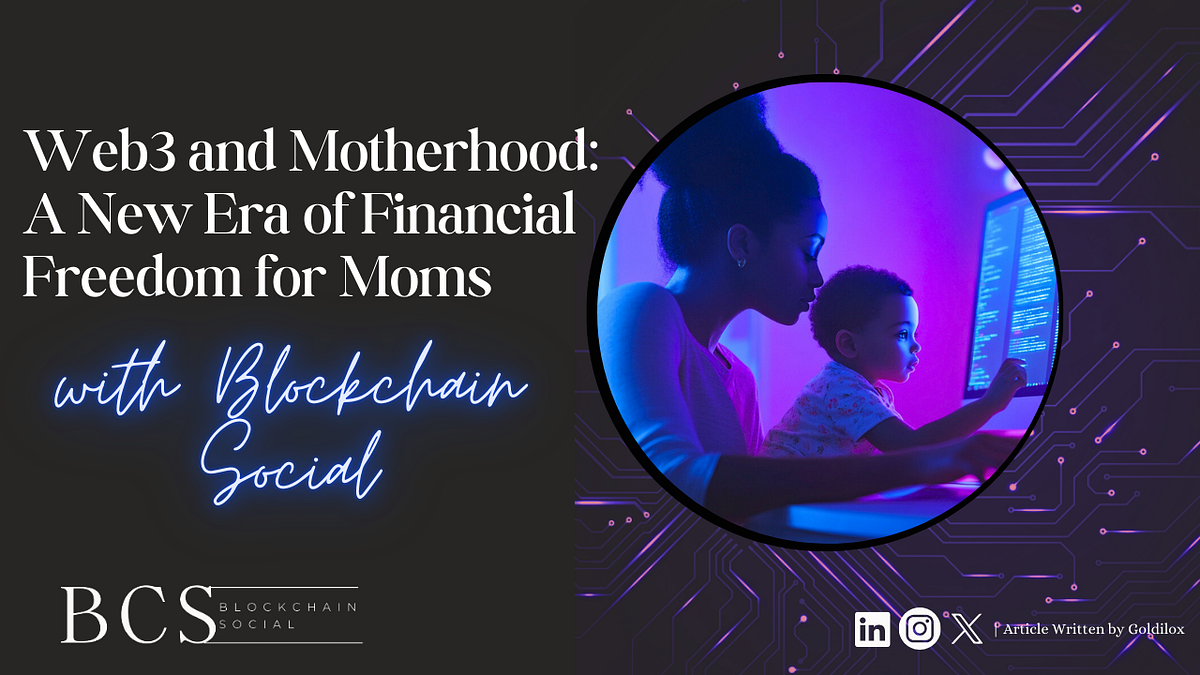
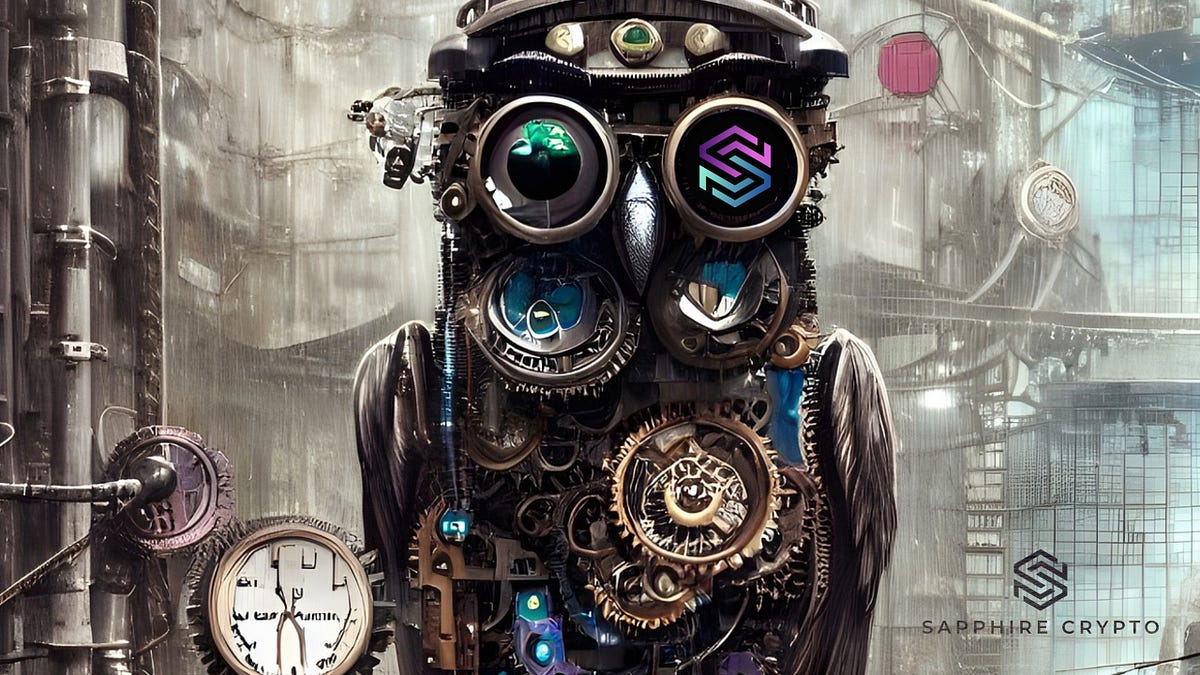





 English (US) ·
English (US) ·